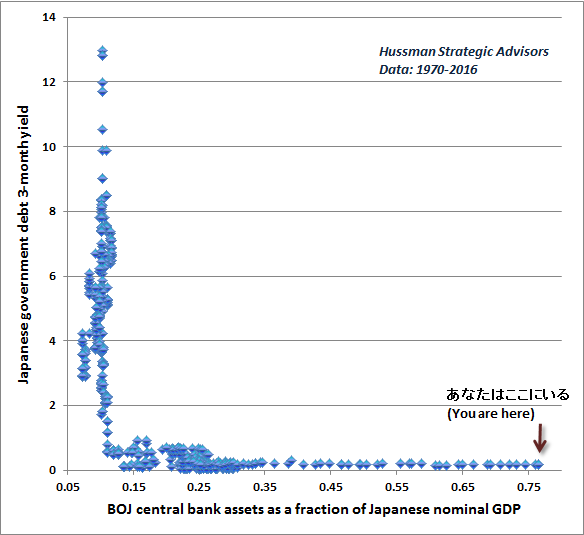Netflix a one trick pony only can take that so far..
apple/Netflix marriage makes a ton of sense IMO
also the other thing about Amzn and goog I like and why they will be the big 2 by far IMO looking out 30 years ... is they all inclusive and willing to incorporate others into their ecosystem.. Speaking of Spotify chop.. Just got email from Amazon saying the echo can now use that service ... Echo adding new features all the time..
as for automakers taking their time.. They will just get bailed out if times get tough... As is always the case when u backstop an industry u will get shitty innovation/product.. Germans/Asians just way better at the car game ..
apple/Netflix marriage makes a ton of sense IMO
also the other thing about Amzn and goog I like and why they will be the big 2 by far IMO looking out 30 years ... is they all inclusive and willing to incorporate others into their ecosystem.. Speaking of Spotify chop.. Just got email from Amazon saying the echo can now use that service ... Echo adding new features all the time..
as for automakers taking their time.. They will just get bailed out if times get tough... As is always the case when u backstop an industry u will get shitty innovation/product.. Germans/Asians just way better at the car game ..








